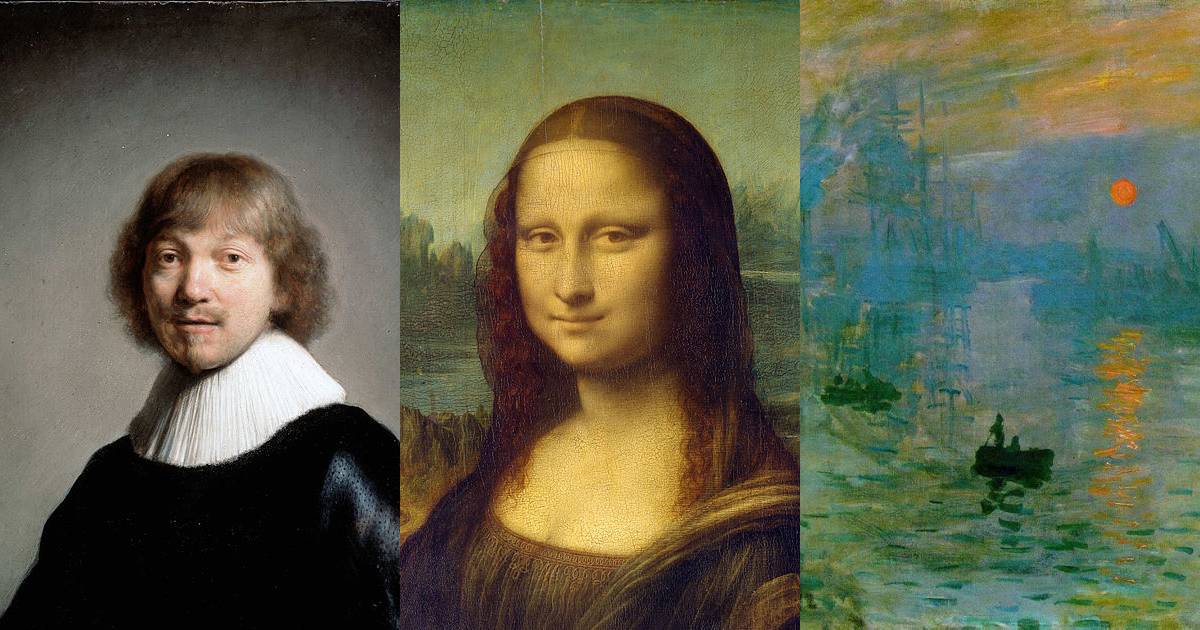Art has always been the target of thieves because one painting can not only fetch millions but it is prized the world over. Stealing a piece of art can also net the thief prestige beyond their wildest dreams, if they can pull it off. While the movies make art thefts out to be a matter of skill and cunning, some of these thefts are more a matter of dumb luck and most of them ended with the thieves getting caught.
The Mona Lisa 1911

In 1911, the Mona Lisa hung in the Louvre on display for the world to see just as it had been since 1797. On the 21st of August, a Louvre worker Vincent Peruggia stole the painting. He claimed that he entered the museum on August 21st while the museum was closed and because he wore the same white coveralls of the rest of the employees, no one took notice of him. Other reports suggest that he actually entered the Louvre on the 20th and hid in broom closet until after hours.
The Mona Lisa was hanging in the Salon Carré and Peruggia waited until the room was empty to remove the Mona Lisa and its protective case off the iron pegs that it hung on. He then took the painting to a service staircase and removed it from its protective case. He wrapped his coveralls around the painting and then left out the door. The theft was discovered the next day and the Louvre was shut down for a week to investigate the painting’s disappearance.
Two years later the theft still went unsolved until Vincent Peruggia attempted to sell the painting to an Italian museum, claiming that he had stolen it to return the painting to Italy. Once the painting was verified, there was two weeks of celebration where the painting was displayed in Italy before being returned to the Louvre. Leonardo Da Vinci painted the picture for Frances I of France, so it was never meant to remain in Italy. As for Vincent Peruggia he was seen as a bit of an Italian hero, who did what he did out of patriotism and therefore only served seven months in prison.
The reason for the theft is unknown. Many believe that it was a matter of patriotism but it would not explain why he waited two years and then tried to sell the painting. Another rumor was that it was stolen in order for copies to made and the copies would be sold at a much higher value if they could be reported as the missing Mona Lisa.

